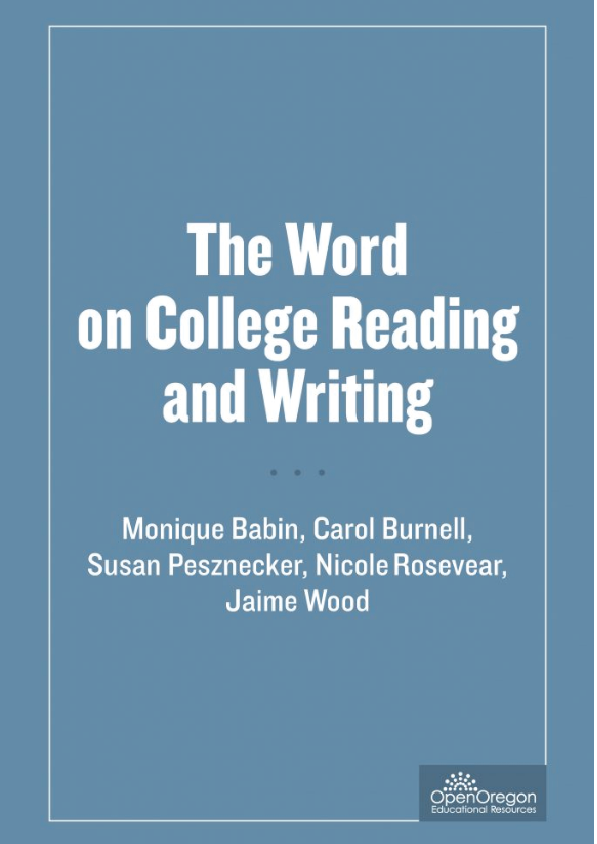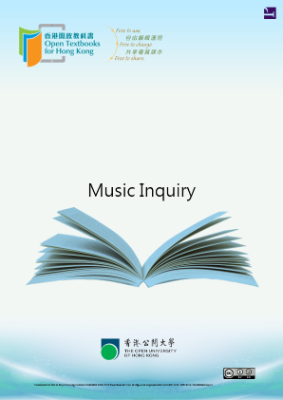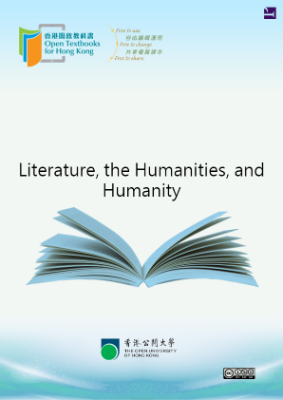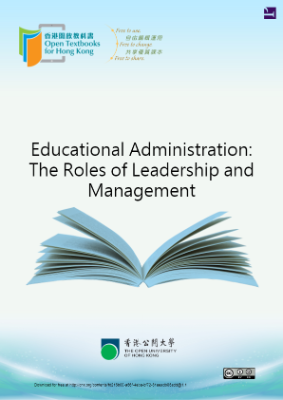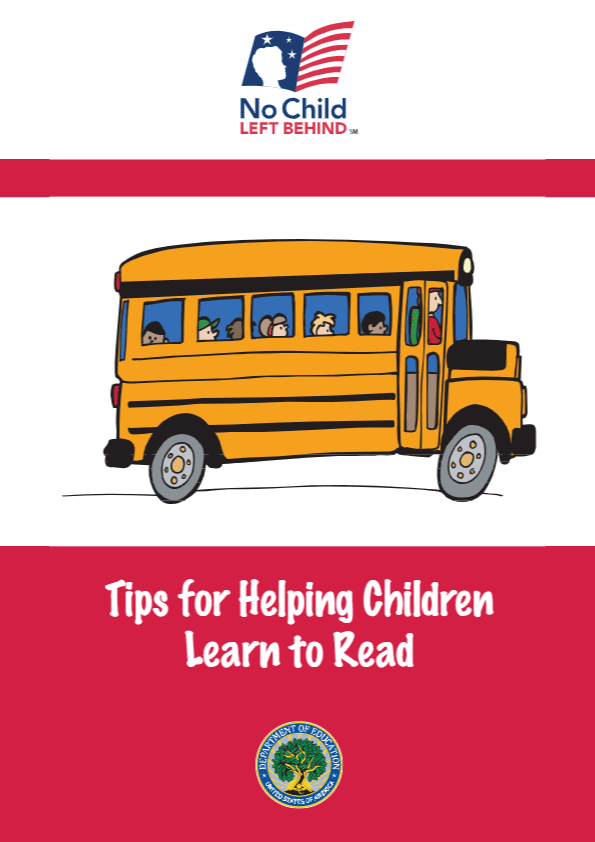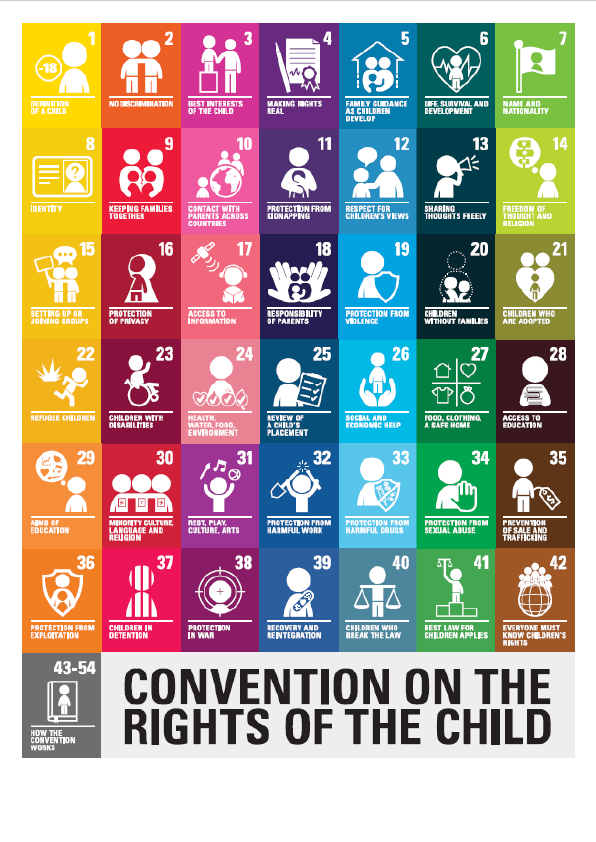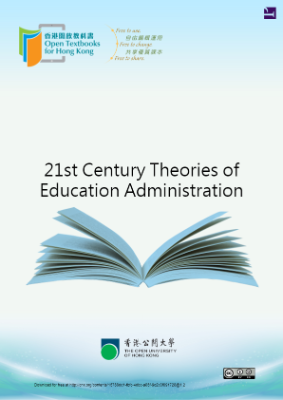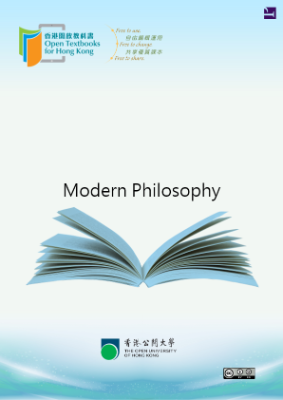What is a Text?
As a college student, much of your time will be spent interacting with texts of all types, shapes, sizes, and delivery methods. Sound interesting? Oh, it is. In the following sections, we’ll explore the nature of texts, what they will mean to you, and how to explore and use them effectively. set of meanings to the person who examines it. You might have thought that texts were limited to written materials, such as books, magazines, newspapers, and ‘zines (an informal term for magazine that refers especially to fanzines and webzines). Those items are indeed texts—but so are movies, paintings, television shows, songs, political cartoons, online materials, advertisements, maps, works of art, and even rooms full of people. If we can look at something, explore it, find layers of meaning in it, and draw information and conclusions from it, we’re looking at a text.
Most of the texts you’re exposed to in college will be hard (printed) copy or online written texts like books, articles, and essays—college remains a rather traditional place, and these kinds of texts are still the most common types of learning material. But you’ll also be asked to explore other types of textual materials, and it’s good to be prepared.
Which of these would be a kind of text?
- A graphic novel or comic book
- A journal written by a 15 year old
- A series of photographs
- A poem
- A movie
Read Efficiently
Sit down (in your ideal setting and at your ideal time, if possible) and prepare to read. Do whatever you need to do to minimize distractions during your reading session. (This may include putting your smartphone and other technology in another room.) Have paper and pencil available to take notes.
Read carefully, stopping and rereading sections you don’t quite understand. Be sure to look up words you’re not familiar with. This is important! Most of us are good contextual readers; that is, we can usually figure out what an unfamiliar word means based on the content around it. But in your academic, college-level writing, every word is important, and some words carry enough power to change the meaning of a sentence or to launch it into a whole new level of detail. Also, some words have different meanings in the academic setting than in our more casual everyday lives. When you hit a word you don’t know, stop, make a note in the margin (or on a piece of paper), and look it up. If you find that stopping to look up individual words is too distracting, you can make a list of all the unknown words you run into and then look them all up when you’ve finished reading.
Keep reading until you’re done. Don’t be distracted. If you begin to feel fidgety, stop, get up, and take a five minute break. Then get back to your reading. The more you read, the stronger your habit will grow, and the easier reading will be.
Annotate and Take Notes
As children, most of us were told never to write in books, but now that you’re a college student, your teachers will tell you just the opposite. Writing in your texts as you read—annotating them—is encouraged! It’s a powerful strategy for engaging with a text and entering a discussion with it. You can jot down questions and ideas as they come to you. You might underline important sections, circle words you don’t understand, and use your own set of symbols to highlight portions that you feel are important. Capturing these ideas as they occur to you is important, for they may play a role in not just understanding the text better but also in your college assignments. If you don’t make notes as you go, today’s great observation will likely become tomorrow’s forgotten detail.
